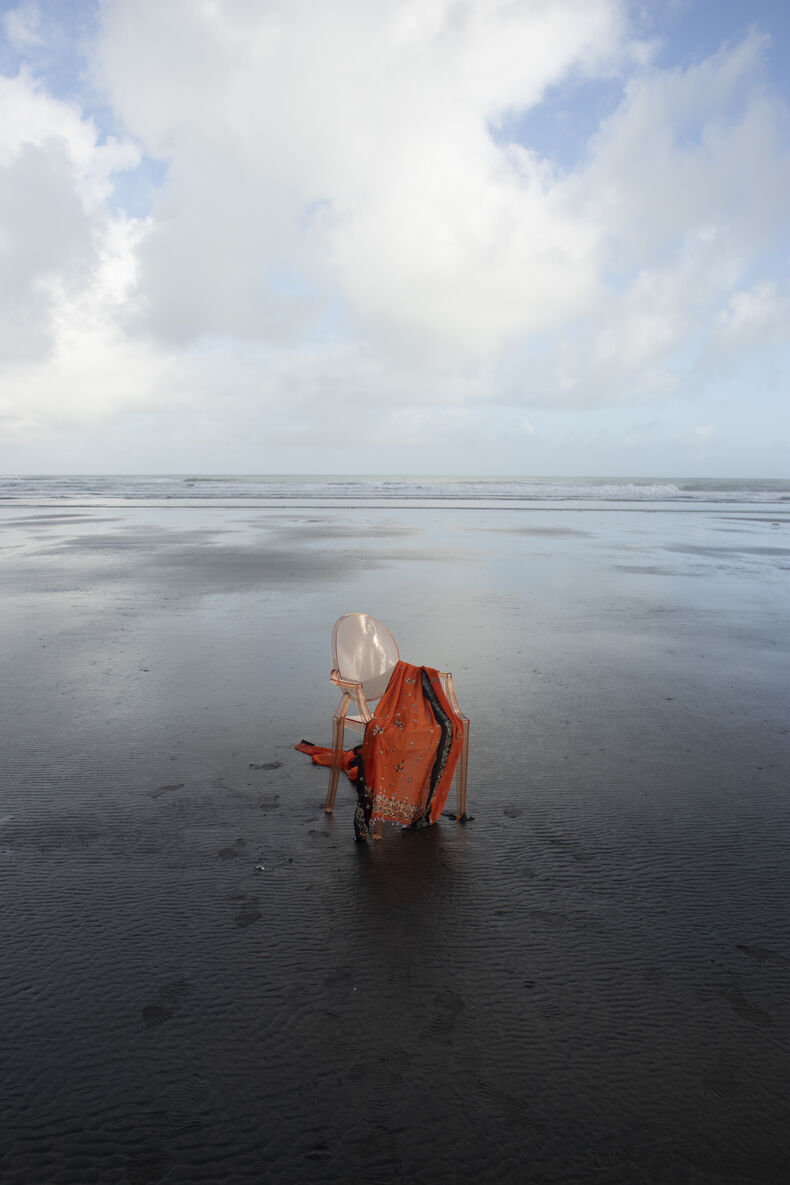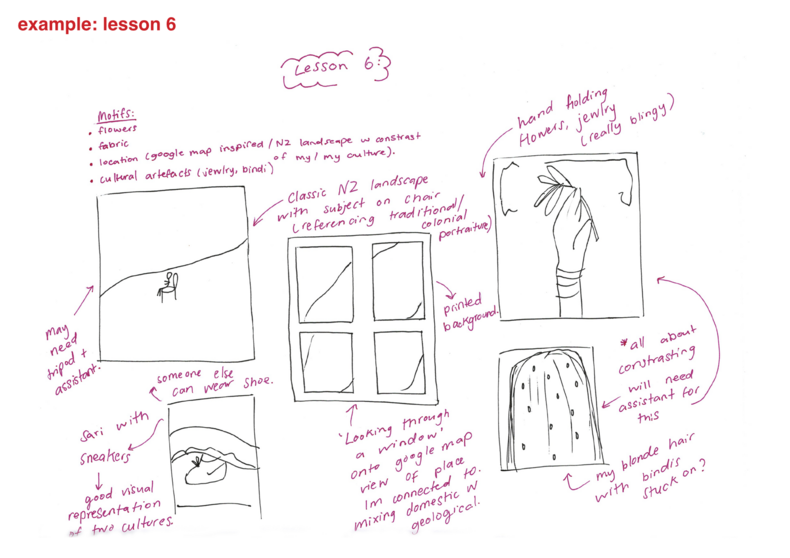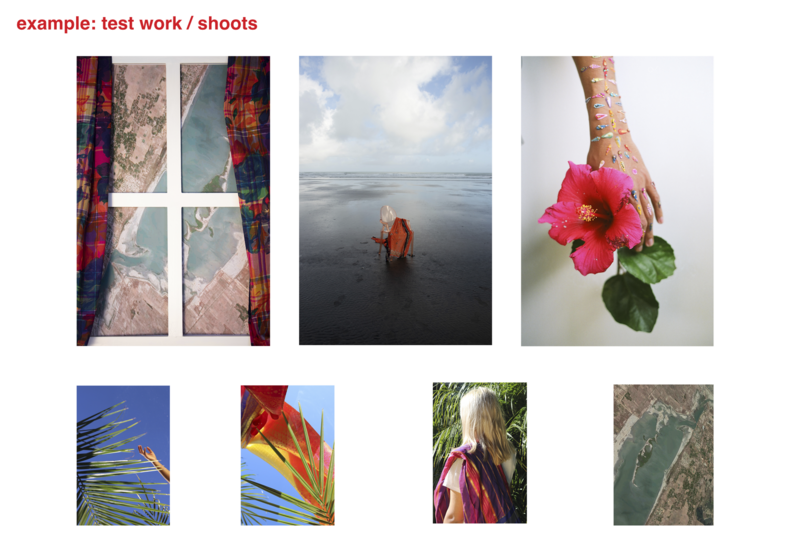- Successfully plan a photographic shoot, considering and understanding all aspects/ outcomes.
- Test out any ideas/techniques/styles you are unsure about before shoot.
1
Introduction
In this lesson, you will test shoot your ideas and finalise planning for shoots.
Aims
Equipment
Guiding questions
Think about these questions as you work your way through the lesson:
Figure out what level of planning realistically suits you.
Lesson content
Now you have your ideas sorted, it’s time to plan your shoot. Being an organised person, I like to make lists of what I need for each shoot. However, a lot of photographers prefer to go with the flow. It’s up to you how you work! Some people also like to do test shoots, just to quickly test out if an idea is going to work as they anticipated. This can be useful, however, if you are on a tight timeframe, it may not be necessary.
When planning a shoot there are a few important things to think about:
If you are planning on using props in your shoots, it is important to give yourself time to source these. Good props can make a real difference, especially if it’s a key feature in your photograph.
Depending on the type of photos you want to take, the equipment can be minimal. It also depends on where you are shooting. Are you in a studio or on location? Either way, you will need a DSLR camera of your choice (figuring out the self-timer function is a good hack for self-portraiture). Other helpful equipment includes portable lighting, reflectors, diffusers, specific lenses, etc.
If location is important for your project, location scouting is going to be vital. Visiting a few locations and figuring out the logistics and lighting intricacies. Also making sure the places you are shooting at are public property and you are allowed to be there. Alternatively, if you wish to shoot in a studio space (or a makeshift studio) figure out where you could do this and what it requires. Once you have decided on a location, make yourself familiar with it to avoid any surprises on the day of the shoot.
Having an assistant(s) when shooting self-portraits is pretty essential. From pressing the shutter to holding reflectors, assistants can help a shoot run more efficiently. Think of yourself as the photographer and creative director, make sure you communicate your ideas and vision with your assistant before your shoot so you are both on the same page.

'Untitled', Anjuli Selvadurai 2019
Instructions
Plan shoot (using a workbook to write notes and checklists)

Plans can be quick - they just need to be helpful
Test any techniques or equipment before your shoot

Testing is super important